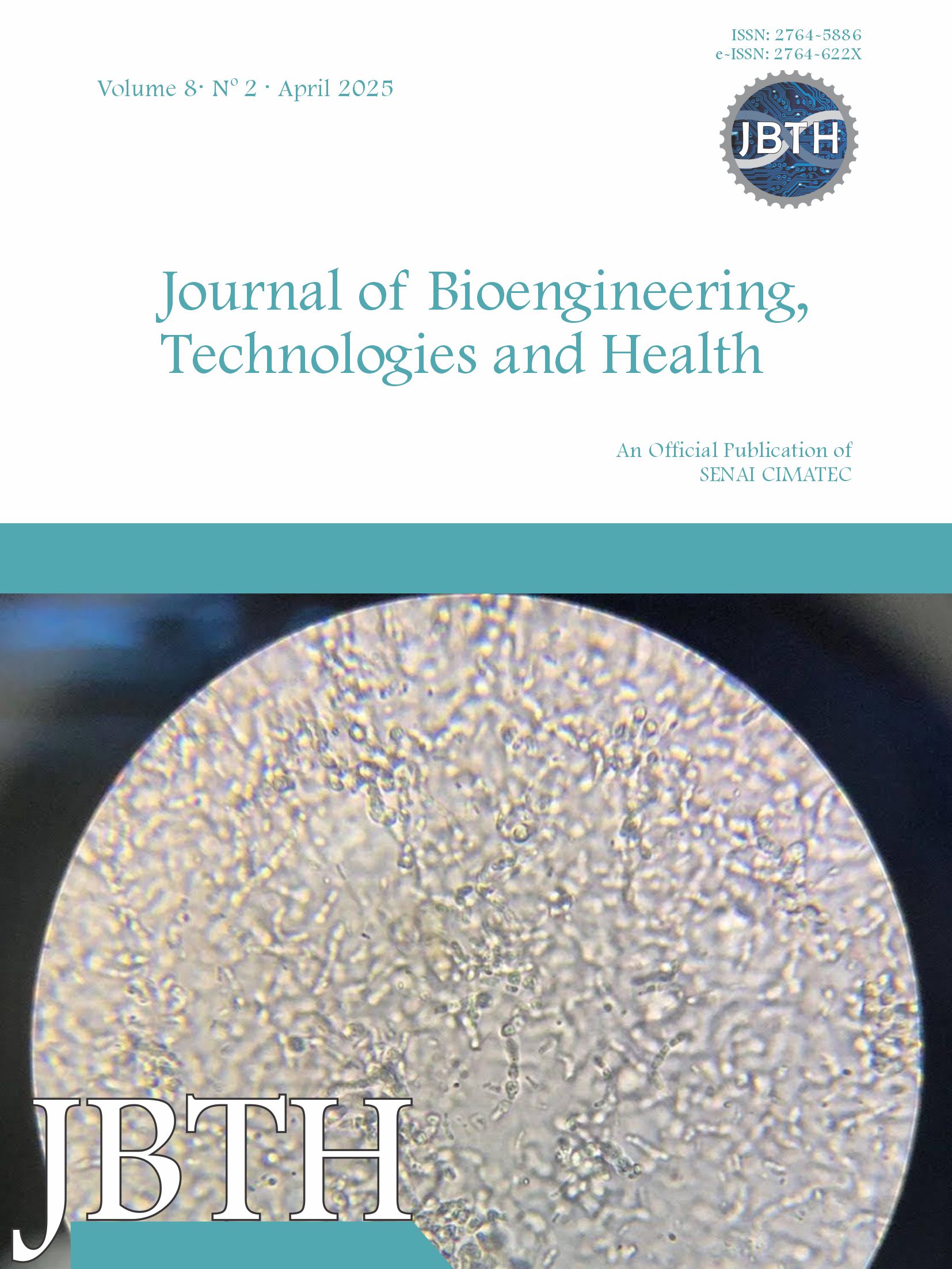Aluminum Dross Recycling by Melting: Effect of Particle Size and Flux Salt Quantity on Recorvered Aluminum Yield
Resumo
In recent years, aluminum recycling has significantly increased, particularly in Brazil, where the recycling rate of aluminum cans exceeds 95%. Aluminum dross is generated as a byproduct during the melting and recycling processes. The composition and morphology of this dross vary according to its metallic aluminum content. This study analyzed the recovery of aluminum from secondary dross, focusing on particle size and the amount of flux salt used. The results showed that particles larger than 7.5 mm yielded an aluminum recovery rate of 73.99% with 15% salt. The melting of larger particles improved aluminum recovery, suggesting greater process efficiency when targeting particles above 3.0 mm.


